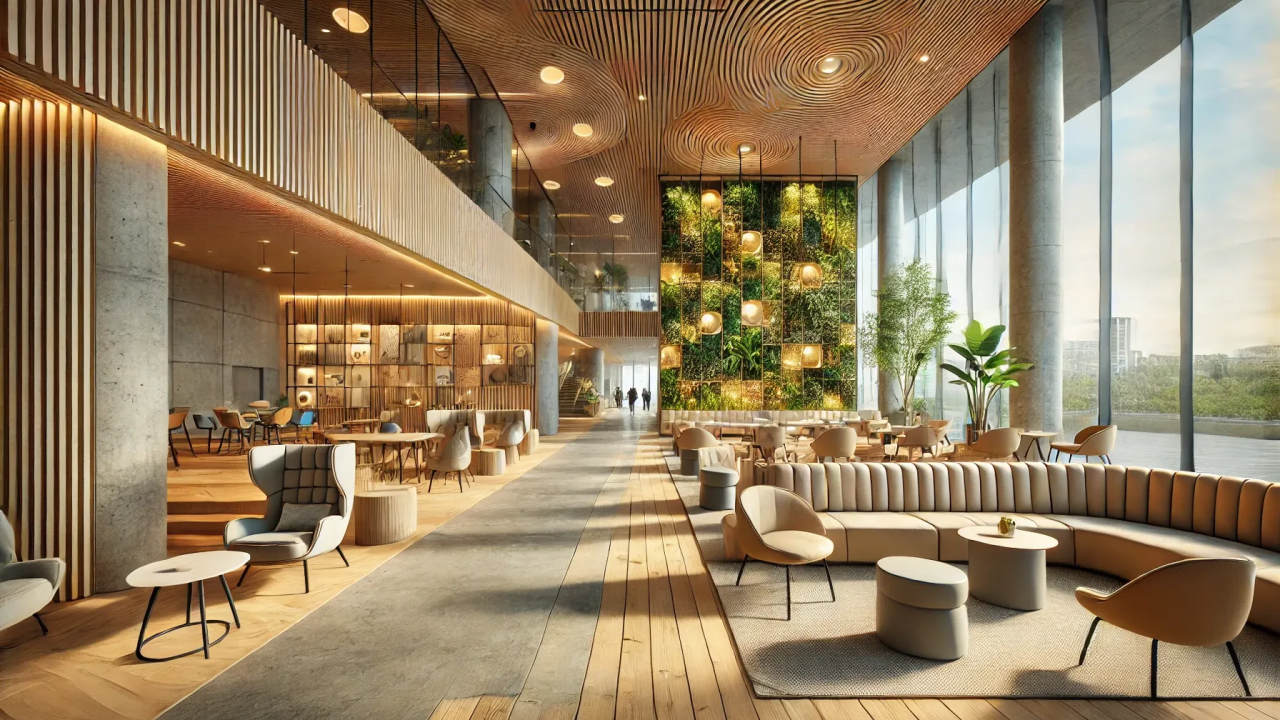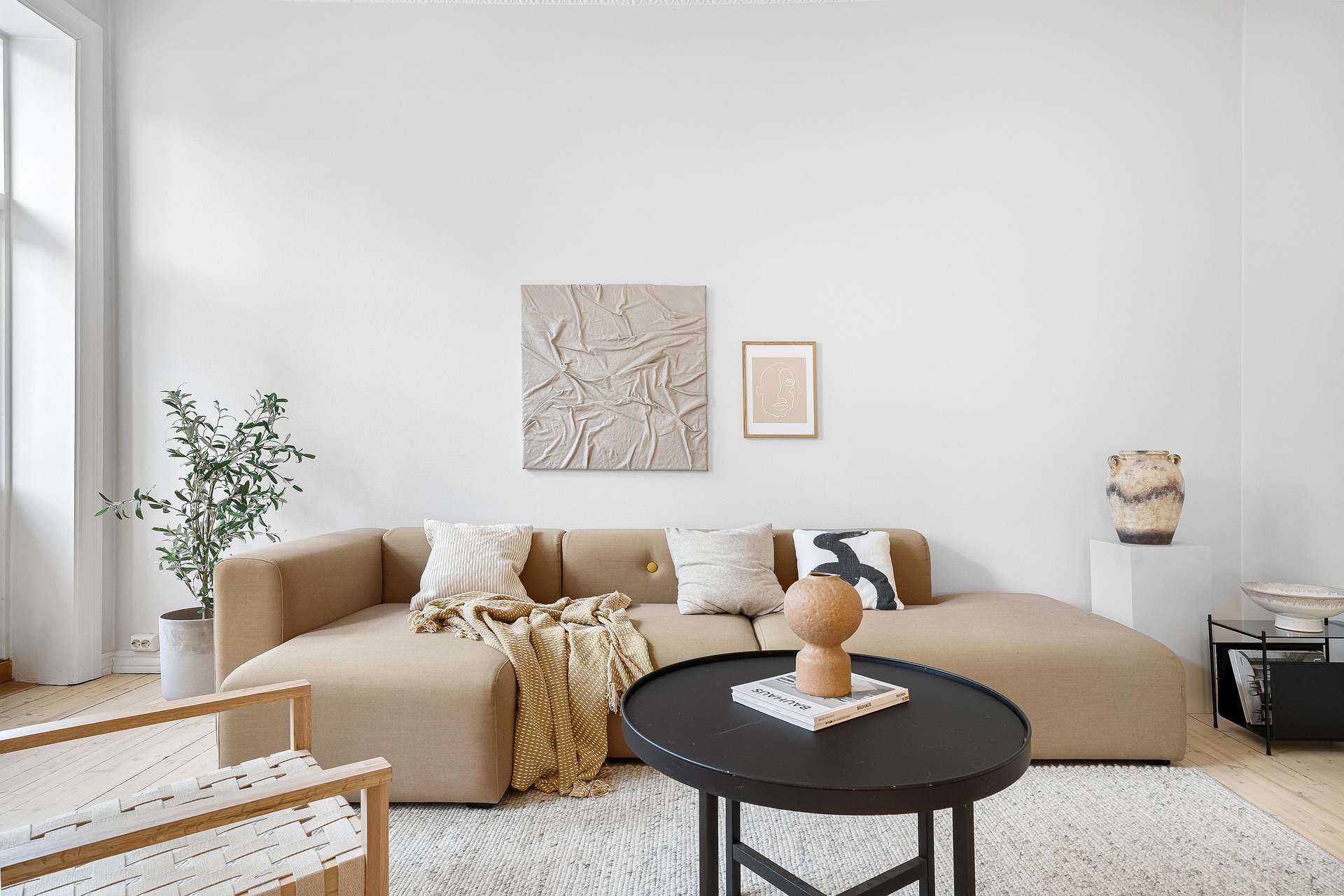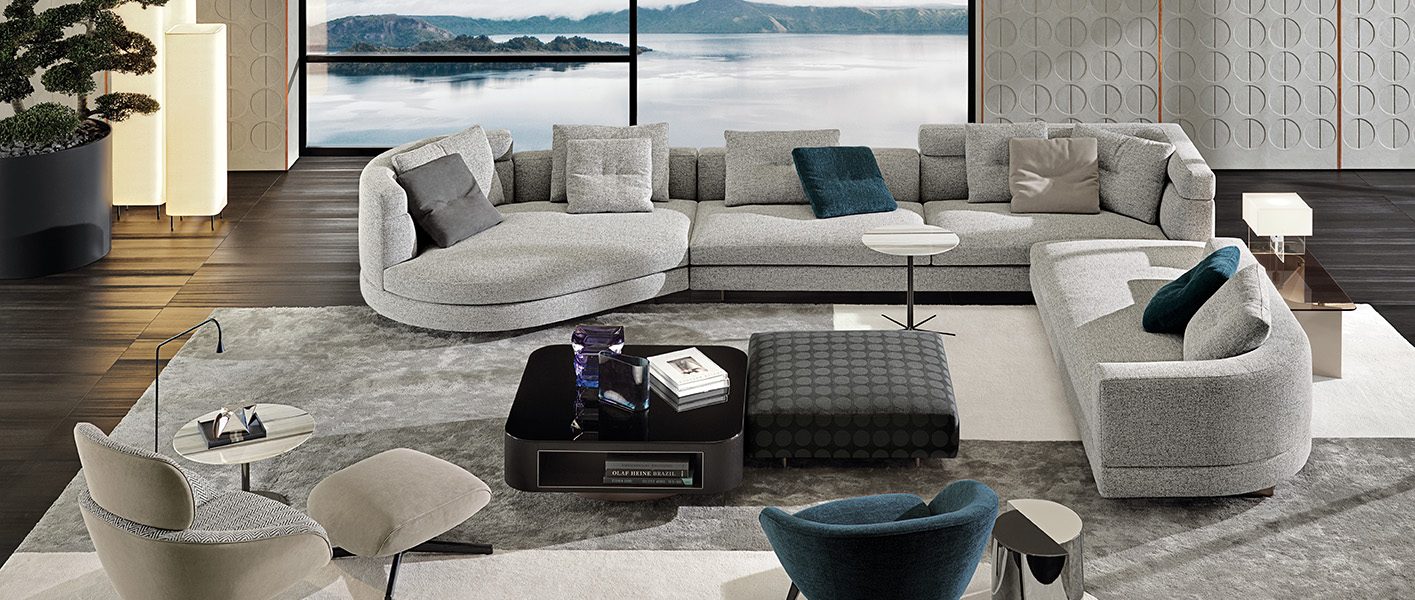THE PSYCHOLOGY OF SPACE: HOW DESIGN SHAPES HUMAN EXPERIENCE

Our surroundings deeply influence
how we feel, think, and behave. This is the essence of the psychology of space
— the study of how our environments impact our emotions, cognition, and
actions. Architecture and spatial design are not just about form and function;
they are also about creating atmospheres that affect our mental and emotional
well-being.
At its core, the psychology of
space explores how elements like light, color, layout, scale, materials, and
acoustics can elicit specific responses in people. For example, natural light
is known to boost mood, productivity, and alertness. That’s why workplaces with
large windows often see better employee performance and satisfaction. On the
contrary, poorly lit and cluttered spaces can lead to anxiety, fatigue, or even
depression.
Spatial layout also plays a
powerful role. Open, flowing spaces can encourage collaboration and creativity,
while smaller, enclosed areas might offer a sense of privacy and focus. This is
why modern offices often combine open-plan workstations with quiet rooms —
balancing stimulation with solitude.
Color psychology further adds
dimension to space. Cool tones like blue and green tend to calm the mind,
making them ideal for bedrooms or healthcare facilities. Warm colors like red
and orange are energizing, making them suitable for social or active areas.
However, the use of color must be balanced — overuse or poor contrast can
create sensory overload.
Ceiling height and spatial
proportions also influence our perception. Studies have shown that higher
ceilings promote abstract thinking and a sense of freedom, while lower ceilings
encourage focus on detail. Materials matter too: natural textures such as wood,
stone, and plants can reduce stress and promote a sense of connection to nature
— a concept known as biophilic design.
Sound is another invisible yet
significant factor. Acoustically balanced environments — those that minimize
echoes and external noise — support concentration and comfort. In schools,
hospitals, and libraries, this becomes crucial for healing, learning, and calm.
Even the arrangement of furniture
and pathways contributes to how we experience a space. A thoughtfully designed
flow can make people feel welcome and oriented, while a chaotic layout can
increase tension and confusion.
Importantly, spatial psychology
is not one-size-fits-all. Age, culture, personality, and even past experiences
shape how individuals respond to space. For example, children may feel secure
in cozy nooks, while adults may crave openness and control over their
environment. Similarly, cultural norms influence ideas of privacy, personal
space, and communal interaction.
In architecture, understanding
the psychology of space allows designers to go beyond aesthetics — to create
environments that uplift, inspire, and heal. Whether it's a peaceful home, a
stimulating school, or a comforting hospital ward, good design is always rooted
in human needs.
Ultimately, space is more than a
backdrop to life — it’s a silent participant in every moment. When shaped with
empathy and insight, it has the power to positively transform how we live,
work, and connect with one another.



